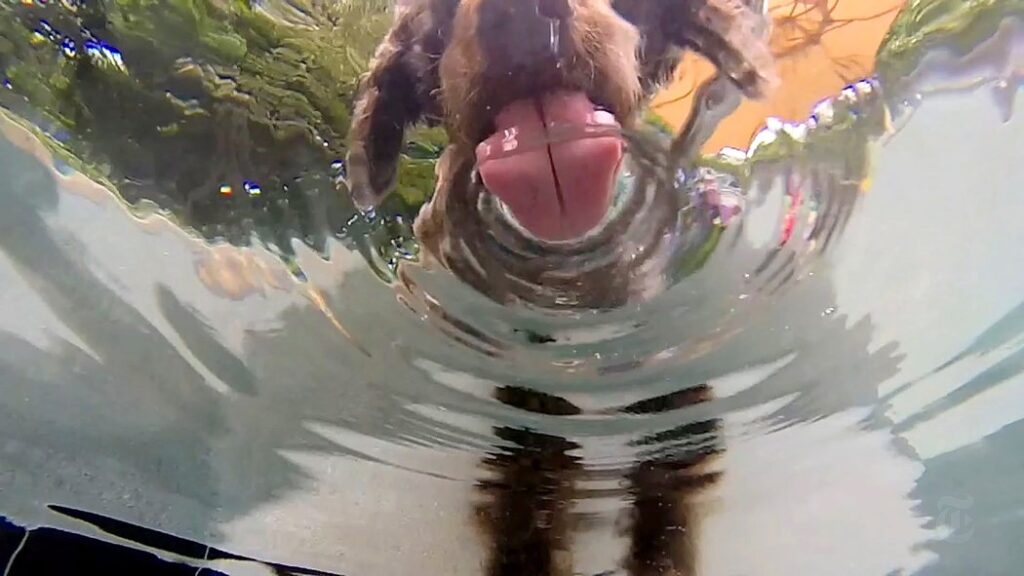

Many people are shocked to learn that pets can develop diabetes just like we can. While it may be referred to as Type I or Type II, as it is in humans, diabetes in pets isn’t quite as clearly defined. Nevertheless, diagnosing diabetes as early as possible, and careful management of the condition, thereafter, can ensure that your furry family member enjoys many more healthy years with you.
What is Diabetes?
Diabetes mellitus occurs when the body is unable to use glucose properly. Glucose is the main energy source for the body’s cells and the levels of this sugar in the blood are controlled by a hormone, insulin, manufactured in the pancreas. If there is not enough insulin produced, or the body is unable to use the insulin produced, there is an accumulation of sugar in the blood and the tissues are starved of energy. This results in the symptoms commonly seen in diabetic patients.
Prevention and Cure?
Not all diabetes cases are preventable but, as with humans, a sedentary lifestyle and obesity are certainly factors that can predispose pets to develop this disease. Ensuring that your pet stays within his ideal weight range and body condition life-long, and remains active even as he ages, will go a long way towards safeguarding your beloved fur-baby.
Sadly, in dogs, diabetes is irreversible but can be very successfully managed with lifelong treatment and lifestyle adjustments. In some cats, remission is possible when the condition is managed carefully.


Signs of Diabetes in Pets
Noticing the signs of diabetes early on in the progression of the disease will give your pet the best chance at living a longer, healthier life. Considering that the following signs may indicate a number of different conditions, particularly since they’re often seen in older pets suffering from other diseases, it’s vital to have your dog or cat examined immediately if you pick up these changes:
- Excessive thirst
- Urinating more frequently
- Weight loss
- Decreased appetite
- Cloudy eyes (in dogs)
- Recurring infections (eg. skin or urinary tract infections)
Diagnosis and Treatment
Your vet will be able to rule out other possible causes and diagnose diabetes by means of blood and urine tests.
There isn’t a one-size-fits-all treatment regimen, and your furry friend will need to be seen for regular check-ups in order to make any necessary adjustments. The aim is to maintain blood sugar at near-normal levels and avoid highs or lows at all costs.
Insulin injections commonly form the basis of treatment – it is well-tolerated by pets, and their human families quickly get the hang of administering the tiny injection under the pet’s skin at mealtimes or using an insulin pen, after having this demonstrated by a member of the veterinary healthcare team. Insulin will be needed lifelong.
Dietary support and the inclusion of a suitable exercise programme are also vital. We keep a variety of excellent veterinary diets that are formulated to support diabetic patients and keep their glucose levels stable. High protein diets, and those which include specific types of fibre to ensure that glucose is released in a balanced, controlled way, are the most effective.
Regular light exercise is imperative for both canine and feline diabetics. Given that the majority of diabetic patients are older pets, the type and intensity of exercise should be discussed with your vet. For dogs, this can most easily be incorporated in the form of a short daily walk around the block, and cats may be encouraged to engage in a light play session with a favourite toy or feather dangler.
Early detection, close observation of pets’ eating and drinking habits, urination, behaviour and general well-being, together with regular monitoring by a veterinarian and careful adherence to the treatment protocol are all key to the successful management of diabetes in pets. With these vital aspects in place, your diabetic cat or dog can enjoy a long, happy and healthy life with his devoted human family. Caring for a diabetic requires commitment, but the rewards in years of wagging tails and loving licks are well worth the extra TLC.
